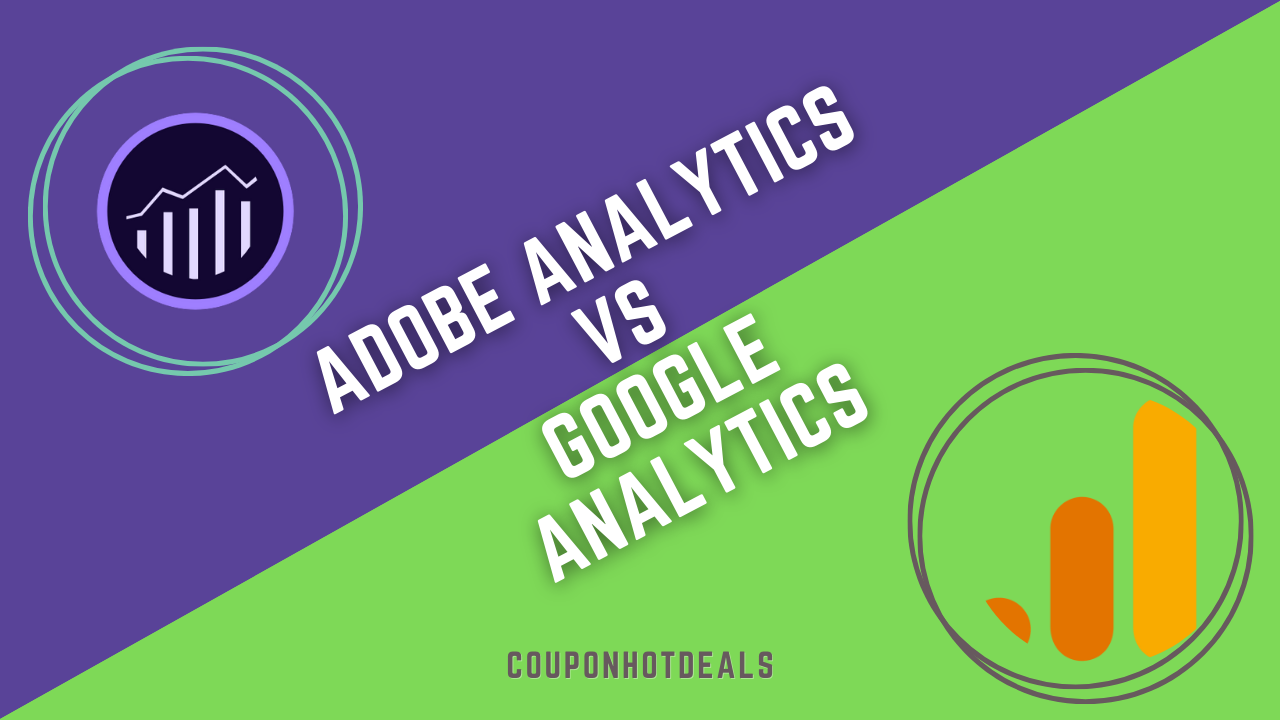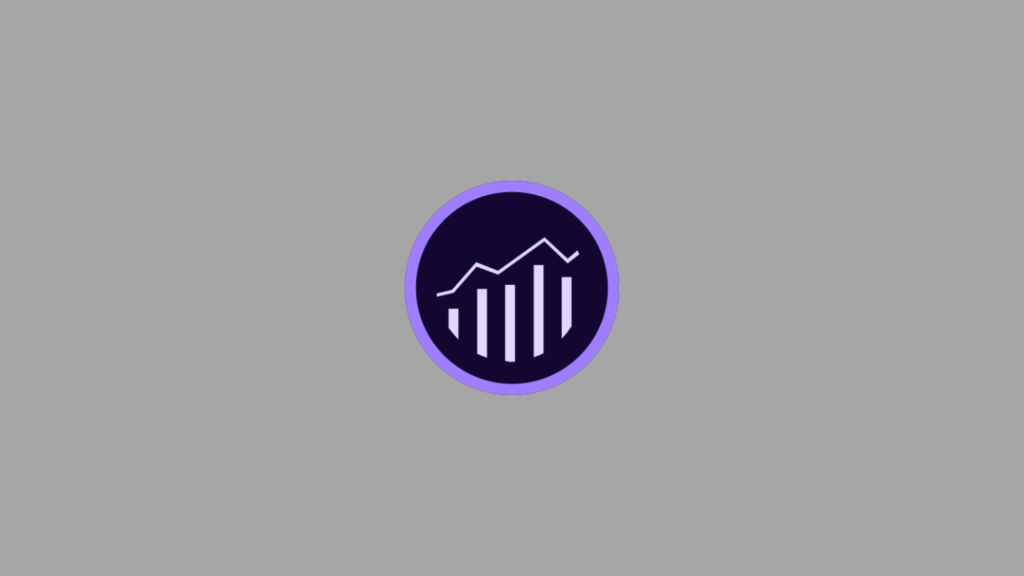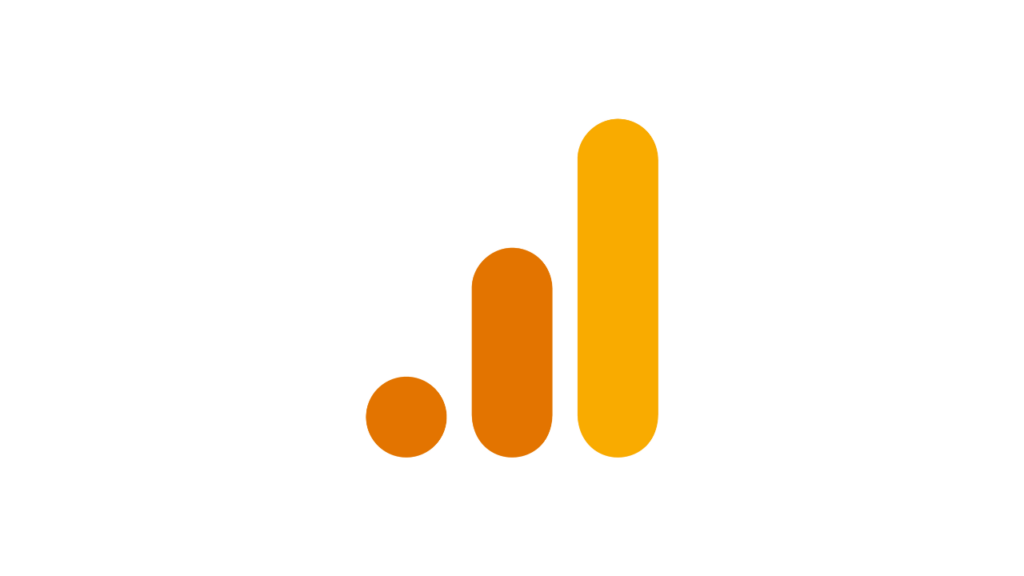
Adobe Analytics vs Google Analytics: Major Difference
Posted on |
Adobe Analytics and Google Analytics are two of the most popular web analytics tools available on the market today. Both tools provide businesses with valuable insights into their website and digital marketing performance, but there are some key differences between the two tools. Here are some of the main differences between Adobe Analytics vs Google Analytics.
What is Adobe Analytics?

Adobe Analytics is a web analytics and data analysis tool that provides businesses with insights into the performance of their websites, mobile apps, and other digital channels. It helps businesses track visitor behavior, measure website performance, and analyze data to optimize their online presence.
Adobe Analytics is a cloud-based solution that is part of the Adobe Marketing Cloud suite. It provides a wide range of features and capabilities, including real-time analytics, multi-channel analytics, predictive analytics, segmentation, data visualization, and more.
Features
Real-time data analysis: Adobe Analytics provides real-time data analysis, which means that businesses can see what their visitors are doing on their website in real-time. This allows businesses to quickly identify and address issues as they occur.
Multi-channel analytics: Adobe Analytics supports multi-channel analytics, which means that businesses can track the performance of their website, mobile app, social media, and other digital channels from a single platform. This helps businesses get a complete view of their online presence and optimize their marketing strategies accordingly.
Predictive analytics: Adobe Analytics includes advanced predictive analytics capabilities that help businesses identify trends and patterns in visitor behavior. This allows businesses to make data-driven decisions and optimize their website and marketing strategies accordingly.
Data visualization: Adobe Analytics provides a range of data visualization tools, including dashboards and reports, that make it easy for businesses to analyze and understand their data. This helps businesses identify opportunities for improvement and take action to optimize their online presence.
What is Google Analytics?

Google Analytics is a free web analytics service offered by Google that tracks and reports website traffic. It is one of the most widely used web analytics tools, and provides businesses with insights into how users interact with their website, including information on page views, traffic sources, user demographics, and more.
Google Analytics works by collecting data through a tracking code that is added to the website. This tracking code uses cookies to track user behavior, including the pages they visit, the actions they take, and the time they spend on the website. The data collected by Google Analytics is then processed and presented to businesses through a web-based interface.
Key Features
Real-time analytics: Google Analytics provides real-time data, allowing businesses to see how users are interacting with their website in real-time.
Traffic sources: Google Analytics provides insights into the sources of website traffic, including organic search, paid search, social media, and more.
User behavior: Google Analytics tracks user behavior on the website, including page views, bounce rates, and session duration.
Audience demographics: Google Analytics provides insights into the demographics of website visitors, including age, gender, and location.
Goal tracking: Google Analytics allows businesses to set goals and track progress towards those goals, such as the number of newsletter sign-ups or the completion of a purchase.
Adobe Analytics Vs Google Analytics: Benefits
Adobe Analytics is popular for the following reasons:
- Reports can be segmented in a variety of ways.
- Different reports can be customized in a variety of ways.
- Conversion funnels can be visualized using Adobe Analytics.
- Conversion can be used to optimize specific goals.
- Predictive insights can be gained from it.
Google Analytics has the following advantages:
- Due to the fact that it is a free tool, it is very popular.
- It is possible to connect a Google Analytics account with a Google Ads account.
- Your eCommerce platform can be tracked using custom goals.
- Using custom reports, you can track specific information based on a particular industry.
- In-depth information about Google Analytics Academy is provided for beginners.
Adobe Analytics Vs Google Analytics: Drawback
Adobe Analytics has the following drawbacks:
- It can be time-consuming and difficult to get what you want with Adobe's highly customizable layout.
- In the absence of appropriate documentation, funnel attribute usage can be complex
- The visualization options are extensive, but customization options are limited
- Logging in takes a long time.
- Behavior flow reports have limited customization options and should be readable.
Google Analytics has a few disadvantages:
- Google Analytics 360's premium version costs $150,000 for a site with high web traffic.
- It is not possible to measure complex metrics such as whether blog posts attracted long-term subscribers or if potential leads turned into clients.
- Tracking the entire sales funnel does not allow you to analyze behavior.
- For users who are not developers, integrating codes can seem complicated.
- Marketing reports are not well suited to dashboards.
Differences between Adobe Analytics vs Google Analytics
Data collection and accuracy
One of the key differences between Adobe Analytics and Google Analytics is how they collect and process data. Adobe Analytics uses a first-party cookie system, which means that it tracks visitors based on data stored on the user's device. Google Analytics, on the other hand, uses a third-party cookie system, which tracks visitors based on data stored on Google's servers. This can affect the accuracy of the data collected, as users can block third-party cookies, which would prevent Google Analytics from tracking their activity.
Customization
Adobe Analytics provides more customization options than Google Analytics. Adobe Analytics allows businesses to create custom metrics, dimensions, and segments based on their specific needs. Google Analytics, on the other hand, has some customization options, but they are more limited than Adobe Analytics.
Integration
Adobe Analytics integrates well with other Adobe products, such as Adobe Experience Manager and Adobe Target. Google Analytics integrates well with other Google products, such as Google Ads and Google Tag Manager. Depending on the specific needs of a business, one integration may be more beneficial than the other.
Pricing
The pricing for Adobe Analytics is generally higher than Google Analytics. Adobe Analytics offers a customized pricing model based on the specific needs of the business, while Google Analytics offers a free version and a paid version (Google Analytics 360) that starts at $150,000 per year.
Customer Support
Adobe Analytics provides dedicated customer support for its customers, while Google Analytics provides support through its online help center and community forum. This can be a factor to consider for businesses that require more personalized support.
Conclusion
In summary, both Adobe Analytics and Google Analytics are powerful web analytics tools that offer valuable insights into website and digital marketing performance. The choice between the two tools will depend on the specific needs of the business, including data accuracy, customization, integration, pricing, and customer support.